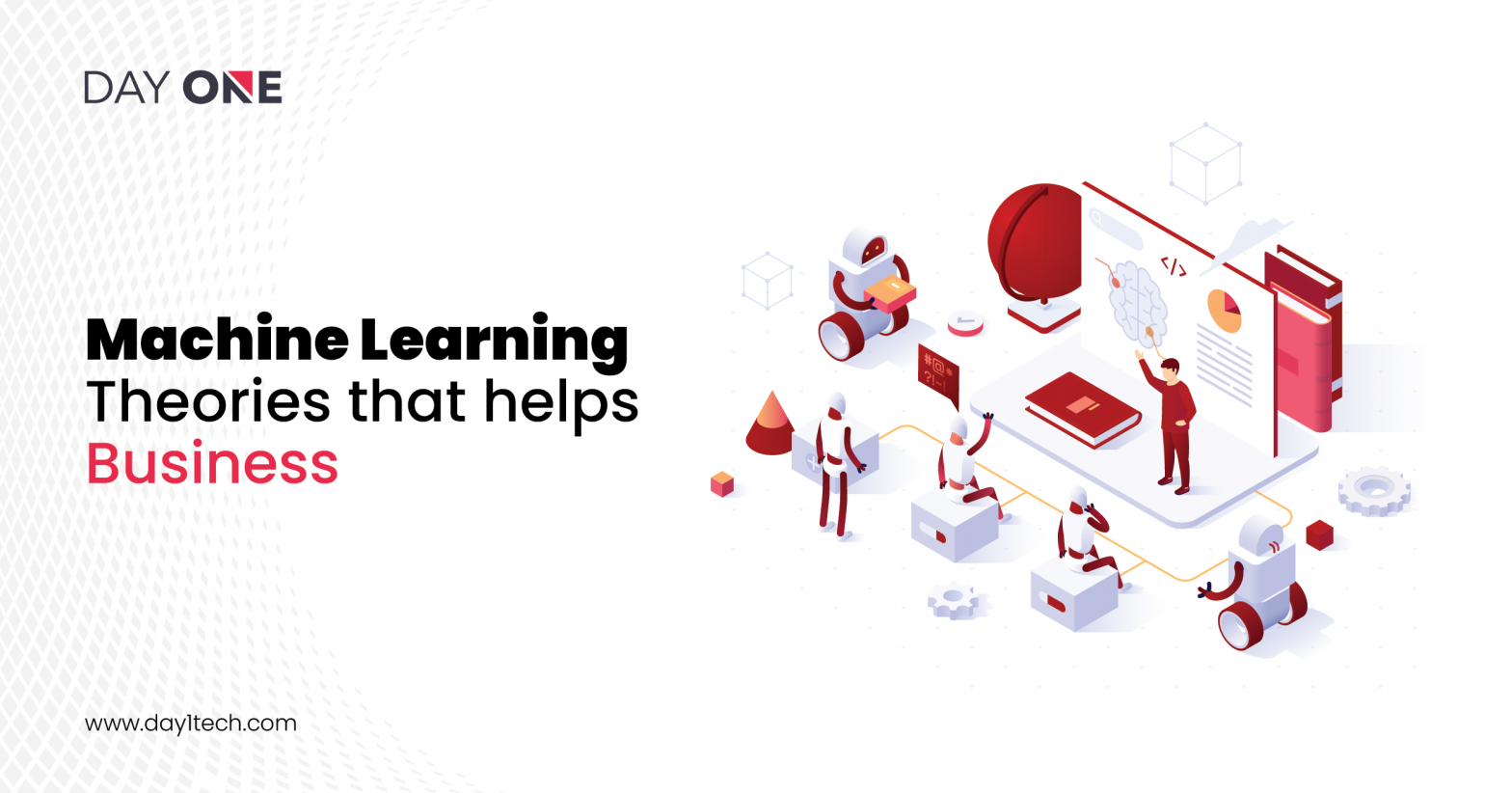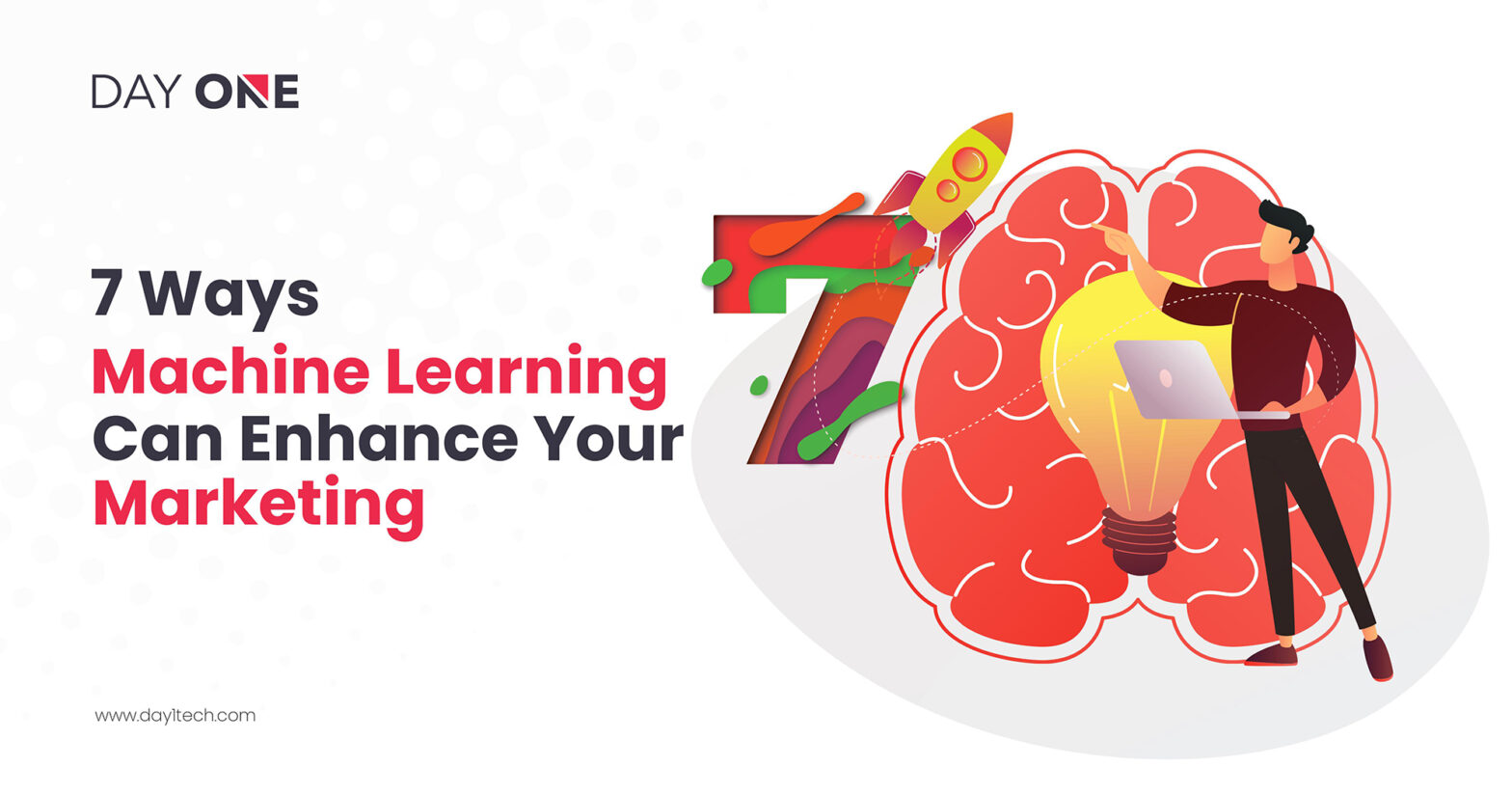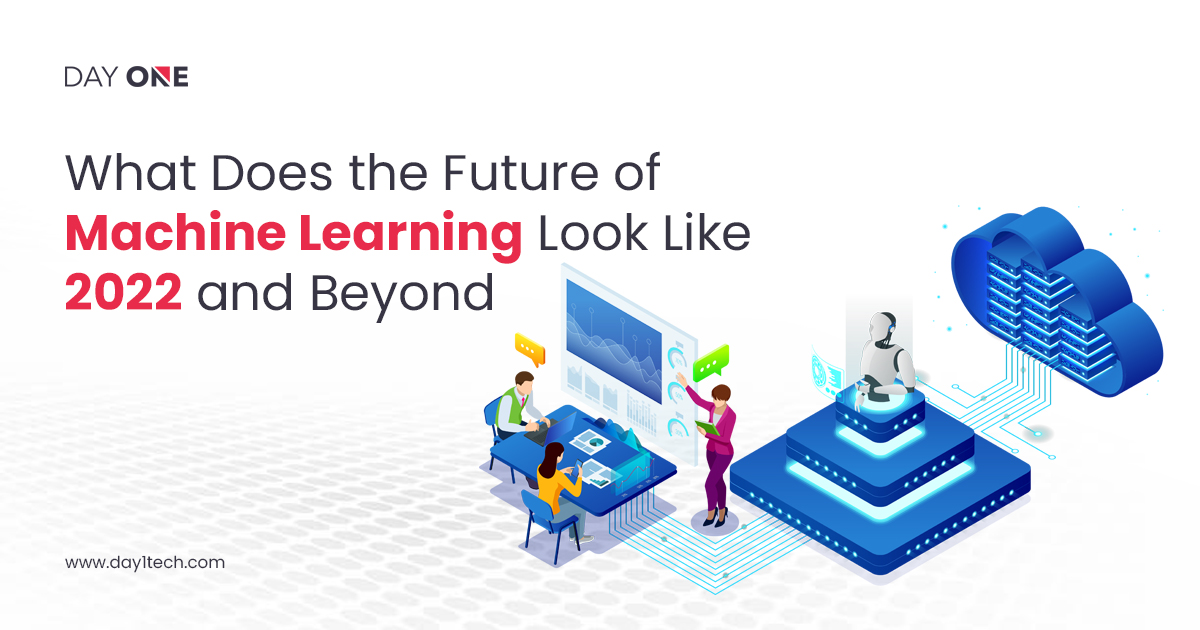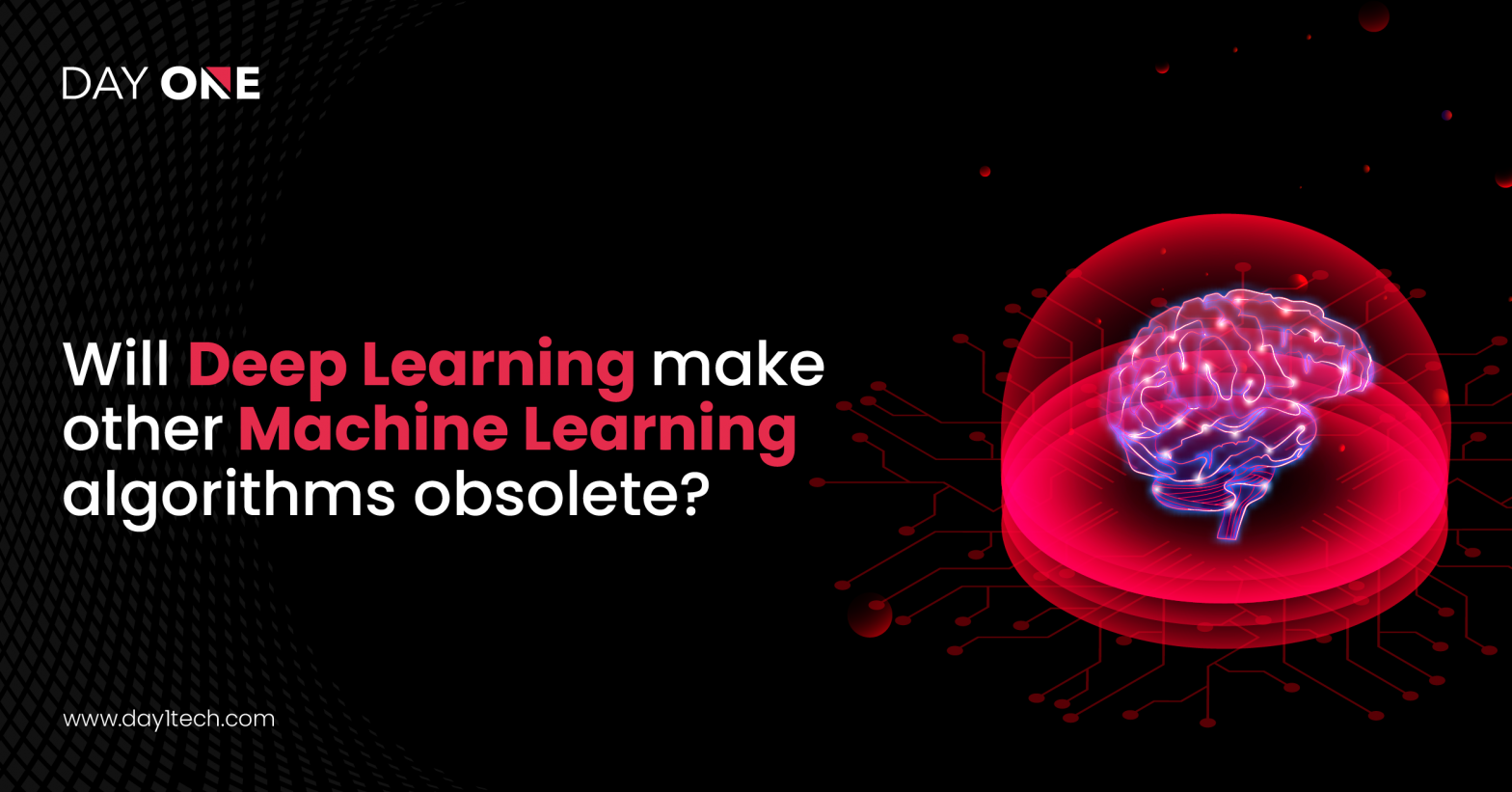Machine Learning Theories that Helps Business
admin
Machine Learning
July 16, 2021
9 min read

The questions about machine learning theories have increased manifold, especially business-related. As seen, the technology executives face problems in identifying how the types of ML can be useful to their business in practical terms.
With this guide, we have endeavored to focus on cutting through AI publicity because new AI buzzwords are generated every week. Thus, it becomes difficult to understand which applications are feasible and which are promotional. The objective is to ensure that the innovation and policy chiefs make a much more impressive business case for AI. The article will talk about the different types of issues related to business that ML frequently handles. Finally, pragmatic guidance would be given to start the ML enterprise with the correct outlook.
We would be considering business cases as testimonials and the quotes and viewpoints regarding how ML should be handled and solved by the group of AI chiefs and analysts. After reading the article, you would be able to comprehend if your business problems can be solved with the help of ML or not.
A few types of business issues that ML can handle:
1.The first thing to look into would be if the conclusion or forecast you are making is complicated to the extent where a warrant ML is needed.
In case it is viable to organize rules or if-the scenarios to solve the problem completely, in that case, there might not be a need for ML at all. And if there is no example for any successful result wherein ML was applied to one specific problem to which you’re developing, it might not be the best foray into this world of AL ML.
For explanatory purposes, it would be useful to write down a few well-developed businesses uses- cases for ML so that you can come up with well-authenticated ideas:
Face Detection
It is almost impossible to write down a rulebook for the machines to follow to detect faces because, considering the various skin colors, hair or facial hair, angles of view, etc. Still, an algorithm can be introduced and taught to detect faces. In addition, many instruments for face recognition are open source.
Email Spam Filters
A few spam filters run through rules, but most of the filtering relies upon the context based on the inbox content applicable to one user. A good supervised learning issue comprises a lot of email volume and many users marking the data as spam. Every person has their tastes and likings which change from time to time, like music, products, movies or book recommendations, etc.
Consumers who utilize products and avail services are the King and all the brands and companies such as Netflix, Spotify, Amazon use engagement of viewers and ratings through a wide range of products, services, or songs to anticipate what customers might want to purchase, watch, and avail services.
Speech Recognition
Machine learning can figure out varied speech patterns and enable the conversion of speech into text. However, there are no unique sound combinations that can particularly indicate human speech, and individual enunciations vary with a huge scope. At present, Dragon dictation, Nuance communications, is among the well-known speech recognition companies.
Online Advertising for Real-time Bidding
Social media giant’s Google and Facebook can never identify distinct rules and regulations to determine the particular ads a given type of user can most likely Click and watch on.
Machine learning enables specification patterns in user behavior and determines what individual advertisements are most probably pertinent to which individual user.
Credit card purchase fraud detection
Such as email spam filters, utilizing concrete rules only a small part of fraud detection can be accomplished. Hackers keep experimenting with new ways of fraud constantly; hence systems must conform to scrutinize such patterns in real-time, finding out the general signals related to the fraud.
- You need to keep checking if you have clean and new data?
According to experts of the data science industry, Clean data is significantly more important than huge data. Suppose you have many business data of many years. In that case, chances are you may not have any relevance at present, especially in areas wherein the fundamental business processes change significantly every year, such as mobile eCommerce. If you have a lot of disjointed and unstructured data, you may have to clean it adequately before learning about the information and its source from where it has been collected.
Danny Lange, UBER’s head of machine learning, recommended that startup companies venturing into machine learning have to begin by applying supervised machine learning to historical data. Then, figure out the data that is clean itself and comparatively fresh, and utilize tagged training data to get insights.
Consider that freshest data is positively needed in fast pacing and quickly changing fields where every minute counts. For pet supplies, if you run a door delivery service, your app, rates, what you offer as products and services can change significantly over the last couple of months, you will require much more current data to comprehend. For example, a company in Montana Algorithms Providing services to homeowners insurance, if data does not pertain to the relevant fashions, trends, and nuances of your present business, chances are unlikely to glean prophetic merit.
3 Check if your data have prevailing impressions to assist a machine in understanding it?
Unsupervised understanding enables a broad degree of applications in getting a sense of data without labels, and it’s typically not suggested for companies to start using machine learning with the first application in not supervised learning. However, here are some examples that can help a reader get innovative ideas.
Facebook as a social media platform has access to all the media users upload on their platform, including various pictures users upload. Such a huge volume of media allowed them to train their algorithms on the enormous size of labeled data, with faces in various angles and lighting conditions. This allowed the algorithm to be highly accurate and refined at identifying a specific individual’s face.
Daily, billions and billions of search queries are sent to Google. They can assess the usefulness as well as the relevance of the results of a query with the help of various factors such as page load time, a click-through rate of links at the top of the page, time spent on the page by the user, and many other factors as it is extremely tough to find a perfect set of rules for showing the best possible result. Hence, Google’s algorithm can learn what options to give feedback to users based on real-time engagements happening from billions of searches happening worldwide.
Credit card companies such as CapitalOne face a huge number of reportedly fraudulent purchases and chargebacks daily. By finding a pattern and a connection across such kinds of purchases, their location, and the kind of customers, companies can utilize algorithms to run through previously labeled instances of fraud to predict any future transaction that is most likely to be a fraud. Similarly, detecting anomalies plays a vital role in many security as well as fraud applications.
An eCommerce platform has a massive volume of customer support emails with a lengthy database of support tickets that could be labeled as ‘technical issues,’ ‘refund request,’ delivery issues, amongst others. The eCommerce company can utilize machine learning to instantly label transcribed phone calls, incoming emails, chat requests, and proper support issue types.
This is also why feedback or solutions provided by a machine learning algorithm can sometimes be incorrect for a certain percentage of the time, especially when it encounters a new factor or a varied stimulus. If your problem can have no room for error, then machine learning might not be the correct tool for your task.
An example of this could be reading the amount of a bill or invoice and then proceeding to pay the amount of bill or invoice. A difference in one letter could mean overpaying that bill ten times the original amount or maybe even sending the money to the wrong firm.
Machine learning can be utilized in dividing bills and invoices into different labels in cases such as this. However, the decision of entering the payment amount as well as of sending the payment should require an accountable individual.
But to put forward a counterpoint, a startup in San Francisco known as Roger.ai aims to utilize natural language processing and machine vision to pay real bills. However, they include an individual into the loop before a certain amount of cash is sent.
- Does your solution to a problem allow for any error?
Machine learning can be thought of as a kind of “skill” in a similar way that it might apply to people. It is a skill that is adapting and growing by experience.
Pointers for Applying Machine Learning to Business Problems
- Start with what is the problem in the priority
Dr. Charles, an AI consultant in the Bay area, revealed that many companies find ML development very exciting and eventually decide to “find some way to use it.” Unfortunately, this leads to teams with low motivation or less committed resources to drive the desired result. Therefore, it is important that we prioritize and pick a business problem that matters most and seems to have a high likelihood of being solved.
Danny Lange, who works with Uber, once mentioned a common universal approach that ML theory can yield good results.
Ask yourself, what is the most critical business information they are looking to know, but don’t currently have? Maybe it recognizes the biggest source most likely to yield the top customer lifetime value or the user behavior most symbolic of anticipated churn.
- Giving data, but all the circumstances must come from you
Imagining through what information to “feed” your algorithm is not as easy as one might assume. While ML algorithms are proficient in finding connections, they will not understand the realities enveloping the data that might make it appropriate or irrelevant. Some examples of how “context” could be handy in creating an efficient ML solution:
Various conditions about the context applicable to certain businesses must be made a part of the algorithm.
Machine Learning algorithms are proficient in analyzing the data fed to them, but many different contexts make them applicable or inapplicable.
Let us see some conditions where the context is more important than just the data being fed to the machine for creating an algorithm.
When predicting lifetime value of e-commerce customers :
An algorithm can be made by giving it some data regarding the historical value of customer lifetime. And this will not include the record of those customers who had the highest lifetime value but were contacted by telephonic programs over two years, which generated new sales. Still, it was not successful enough to break even. So the point is that if such telephonic follow-up programs are not going to be included in the e-Commerce sales growth in the future, then no need to feed such data to the machine.
When determining the recovery of any medical condition :
Historical data of the recovery of patients of first and second-degree burns can be fed to the algorithm to determine the recovery time. But the machine may show the same recovery time for both kinds of patients because it was not fed with the data.
When recommendation engine over recommends some products :
There are ways to increase the sales like various deals and low prices. So the data will show a hike in sales of such products among the existing customers but will not consider the conditions as to why this happened and that it has nothing to do with the intent of the customers and quality of the products.
Must expect to keep committed resources for a longer period to tweak, improve and modify for better results. Creating any ML Techniques needs appropriate and logical thinking in choosing the algorithm, selecting the data, and testing real-life situations. Whether it is complex or easy for every application, the algorithm will vary and will require modification and iteration.
Machine language is not everyone’s cup of tea. It applies many hard mathematics and derivatives; however, if you have a technical background, you can take the help of Google and YouTube videos to get the hang of it and create your personalized business DropBox.
You need to be technically sound to benefit the most out of ML for your business purposes. If not, then consider hiring an expert and trained pool to set up machine language systems. Imagine a world where FB, Google, Bing, and Amazon spend millions and employ their talent pool to install ML systems. Then what would the world be like? Will it wash out the people working on developing AI completely?
While it’s challenging to set up ML, it’s not a thing that can be off the table completely for businesses. The rockstar tech companies and other budding virtual businesses have drawn significantly higher machine learning systems. Certainly, it’s because of the efficacy and power ML offers.
Glossary of Machine Learning Terms
Machine Learning (ML) – Machine learning helps in improving the user experience as it acts as humans do. It improvises autonomously, feeds the data, provides information in observations, and makes it appear like real-time interaction.
Supervised Learning – The task of deriving a function from labeled training data is called supervised learning.
Unsupervised Learning – The task of deriving a function to reveal hidden structure from unlabeled data is called unsupervised learning.
Classification – Identifying and categorizing the new information based on the training set of data is called classification.
Regression – You may have come across terms like linear regression, logistic regression; all these are statistical techniques for establishing relationships among variables.
Algorithm – Algorithms are nothing but a set of automated instructions that perform certain tasks by itself. Calculations, automated reasoning tasks, and data processing has been made possible with Machine Leaning Algorithms.
Natural Language Processing (NLP) – NLP is a computer science stream that supports AI and computational linguistics. In a layman’s language, it enables interactions between humans and computer languages.
Various ways are described here in the article to decide about Business Impacts of Machine Learning. This article casts light on the areas where you can employ machine learning and enhance the overall business and the types of business problems that machine learning processes handle and enable you to run your enterprise successfully, considering that you can effortlessly handle business-related problems.
Explore More Blogs
Testimonials What customers have to talk about us
Finch (previously Trio) – Growth with Investing, with benefits of Checking
Reading Time: < 1 minThe Finch (previously Trio), one of our clients today has reached this level with our expertise and with a great team of developers in Day One, who have made every stone unturned in making this project a big success.
Neel Ganu Founder
USA
Vere360 – VR based Immersive Learning
Reading Time: < 1 minDay One helped Vere360 “fill skill gaps” and build a platform that would cater to their niche and diverse audience while seamlessly integrate the best of #AI and #VR technology.
Ms. Adila Sayyed Co-Founder
Singapore
1TAM – Video Blogging Reimagined
Reading Time: < 1 min‘1TAM’ was only for iOS with gesture-based controls, advanced video compression techniques, and a simple architecture that allowed actions to be completed in 2-3 taps. The real challenge for ‘1TAM’ was to keep it distinct which bought brilliant results with all the strategies and approaches implied for best video compression techniques.
Anwar Nusseibeh Founder
UAE
Fit For Work – The Science of Workplace Ergonomics
Reading Time: < 1 minDay One Technologies came with the expertise that was required and helped in building a platform that is edgy, functional, and smart, delivering engagement and conversions at every step.
Ms. Georgina Hannigan Founder
Singapore
SOS Method Meditation for ‘Busy Minds’
Reading Time: < 1 minDay One Technologies helped in building an innovative mobile app (for #iOS and #Android) that’s easy-to-use, engaging, and data-driven to help users reap the most at every point.






